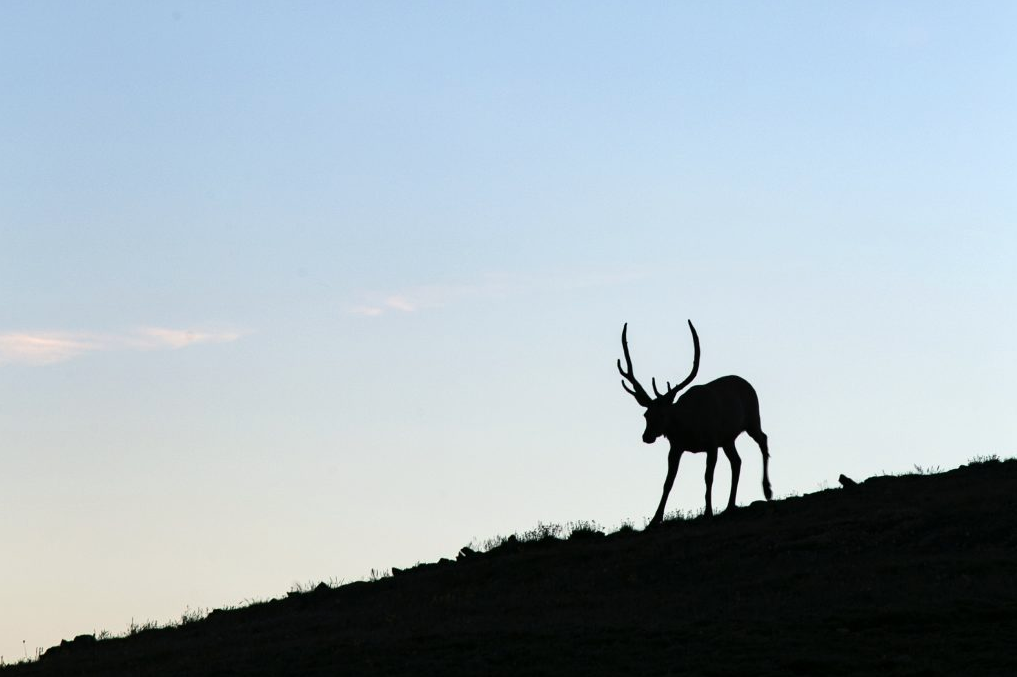
Andrew Maciejewski/Summit Daily News
There are places in Colorado where there seems to be plenty of elk. But the long-term survival of those herds is in question.
Colorado Parks and Wildlife is currently working on a 10-year herd management plan and recently shared a report on Tuesday, Oct. 31, about the study so far from a trio of Parks and Wildlife officials.
Wildlife biologist Julie Mao said there’s only so much officials can do to try to manage herds. The most significant of those tools is issuing hunting licenses in order to manage herd populations and the ratio of bulls to cows. But there’s no real way to manage cow/calf ratios in those herds. Those ratios are a long-term indicator of the health of a particular herd.
The cow-calf ratios — the number of healthy calves in a herd — have declined significantly since the 1980s.
Mao said the ratio 40 years ago was roughly 60 calves for every 100 cows. That ratio today is in the mid- to upper-30s. That means herds today are less resilient.
Matt Yamashita, the area wildlife manager for Colorado Parks and Wildlife, said the ratio to maintain a herd is 44 or 45 calves per hundred cows. While there are animals “on the landscape,” Yamashita said current populations probably aren’t sustainable over the next 20 years or so.
Habitat loss is among the biggest problems. District wildlife manager Brian Woodrich noted that’s something out of the agency’s control.
Mao showed a series of maps — spanning the decades between 1970 and 2020 — demonstrating how development and population density have affected habitat in the region. Most of those areas are along highways and near towns.
Marcia Gilles, the Eagle County government’s director of the Open Space and Natural Resources Department, said those maps tell a “compelling” story of human impact on habitat, adding that the county government could help habitat efforts either through funding or with land-use regulations and policy.
County Manager Jeff Shroll noted that migration corridors in the study area that includes the Roaring Fork Valley are blocked on two sides, one side by Interstate 70 and the other by Colorado Highway 82. Both highways need better ways for wildlife to cross those corridors, Shroll said.
Areas around towns also pose problems for wildlife managers.
This story is from Vail Daily.
